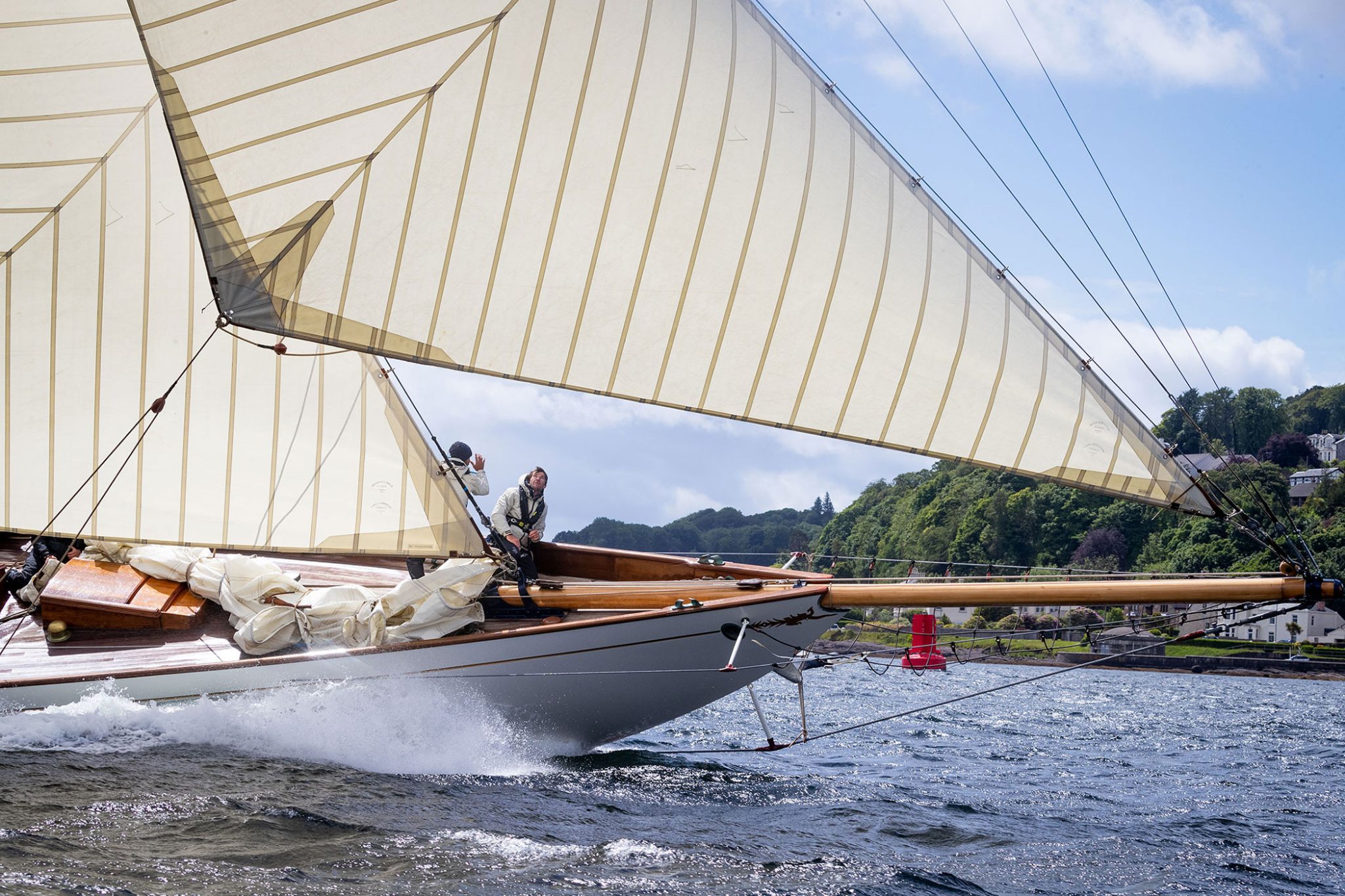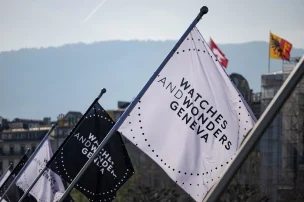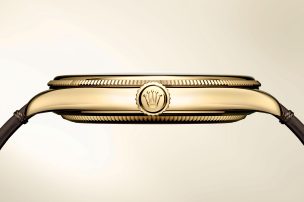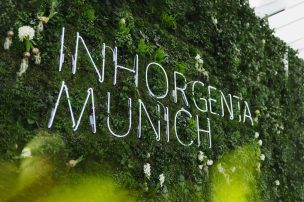
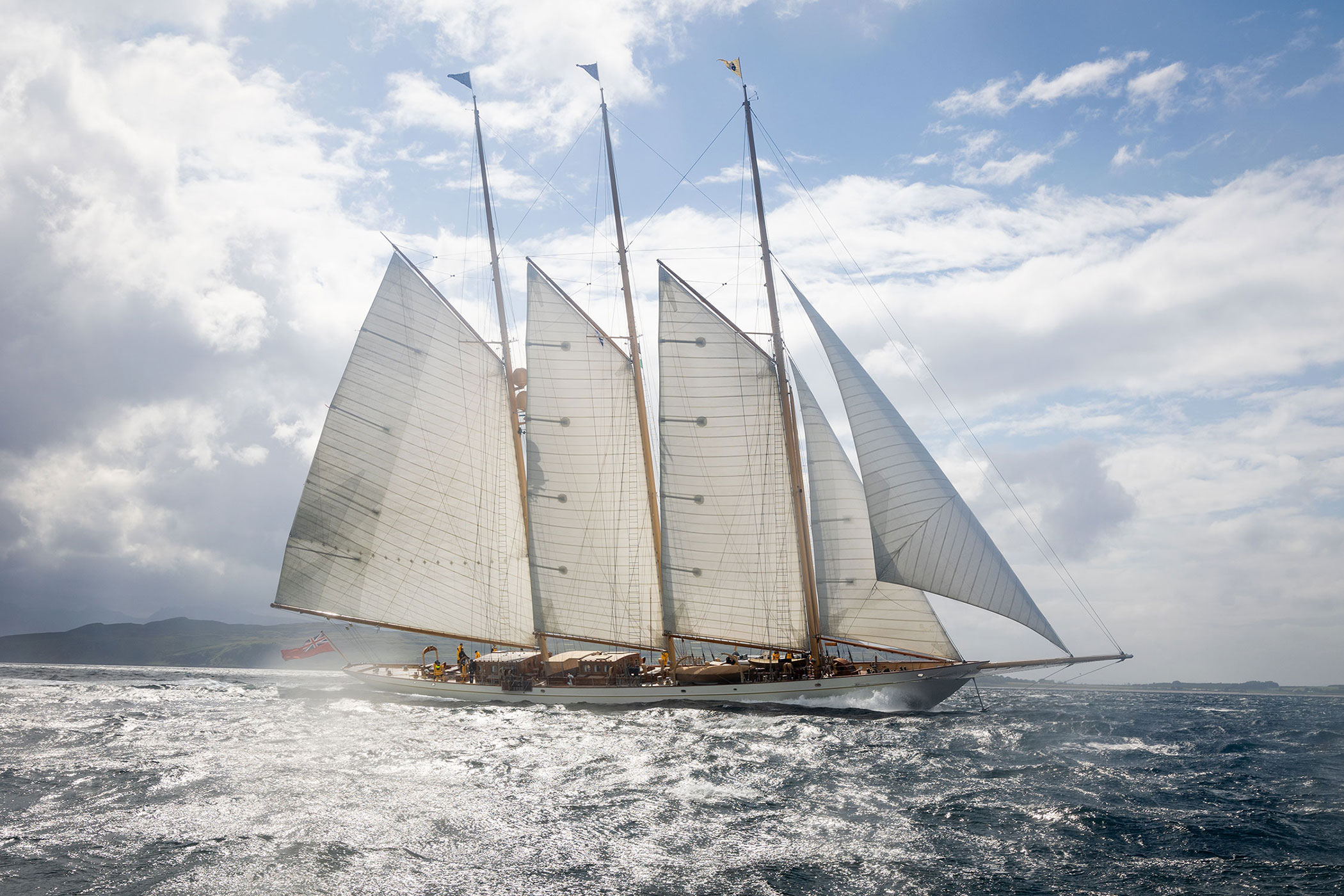
May The Fastest Yacht Win: The Inaugural Richard Mille Cup
Where best to celebrate the beginning of summer than by the sea? For fifteen days in mid-June, Richard Mille will host its very own regatta on both sides of the Channel for the first time. The first edition of the Richard Mille Cup takes place from the 10th to the 25th June and many more nautical events are meant to follow in the next years.
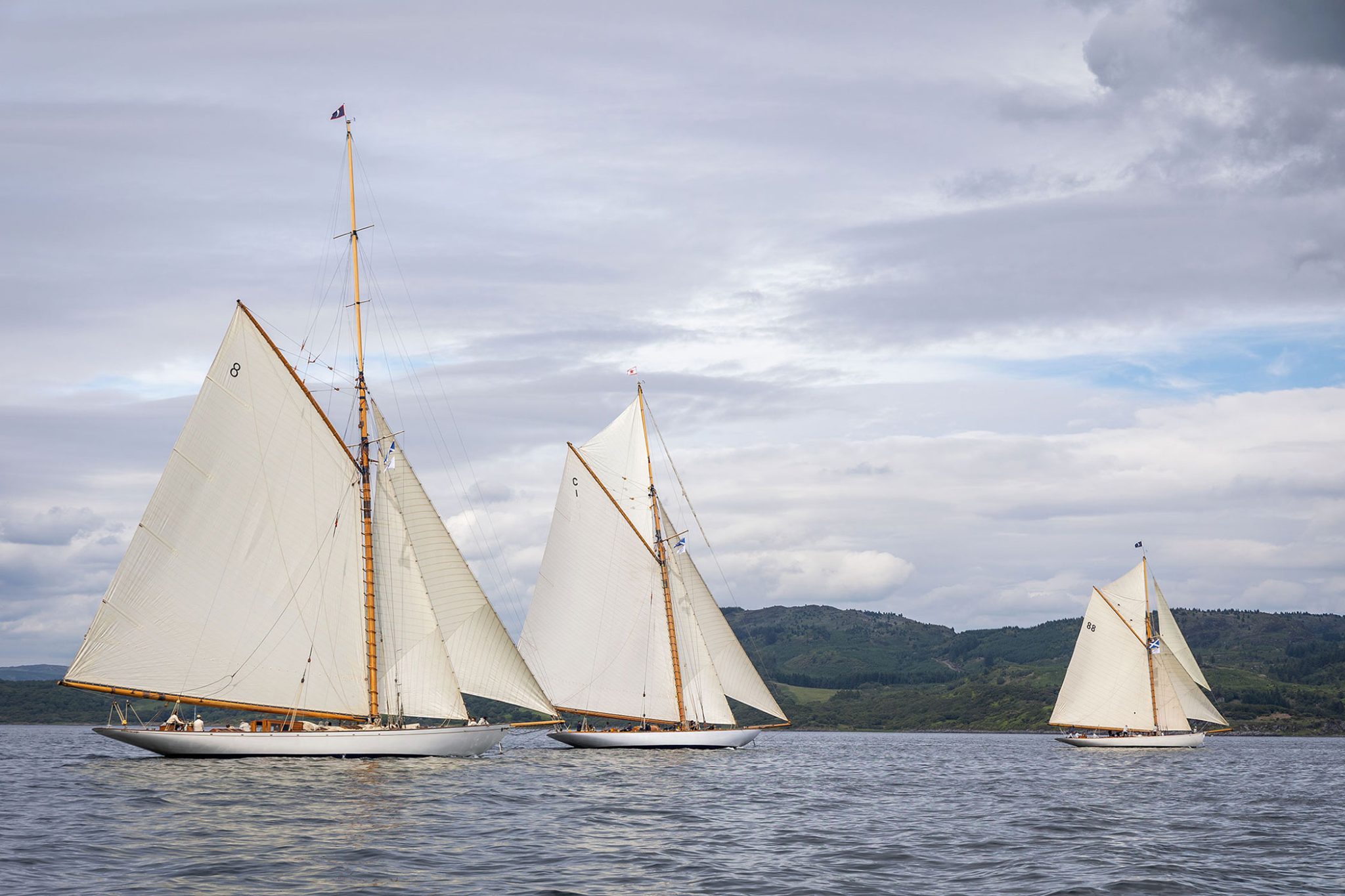
Ahoy, Mate!
Richard Mille has already successfully sponsored Les Voiles de St Barth and set up the Richard Mille Fife Regatta with Fife organizer and historical yacht restaurateur William Collier. For this year’s exclusive event, Mille and Collier have partnered again. This time, the focus is not on modern yachts but on historical ones from pre-war times. Therefore, the invited participants of the regatta are owners and charterers with original vessels that were built before 1939 or faithful replicas. More than 200 sailors will join the tournament, including the sailor and brand ambassador Pierre Casiraghi on the Yacht Club de Monaco’s famous flagship vessel Tuiga. Alongside the race’s participants, collectors of historic yachts, and sailing enthusiasts, members of the Richard Mille family will be attending the event as well.

Cast off!
As mentioned above, the historical yachts take center stage. It is all about highlighting the authentic beauty of these historical pre-war boats. As William Collier emphasizes, “The Richard Mille Cup strives to recapture the spirit of the pre-war British racing circuit. We see these yachts as important cultural artefacts”. Thus, 15 yachts built (or lookalikes thereof) between the late 19th century and late 1930s will compete in the Schooner and Cutter categories. Highlights of this fleet will include two impressive 60-meter-long three masters and restored boats designed by the renowned Scottish 20th-century yacht designer William Fife III. One of them is the large classic gaff cutter Moonbeam IV which won the British King’s Cup in 1920 and 1923.
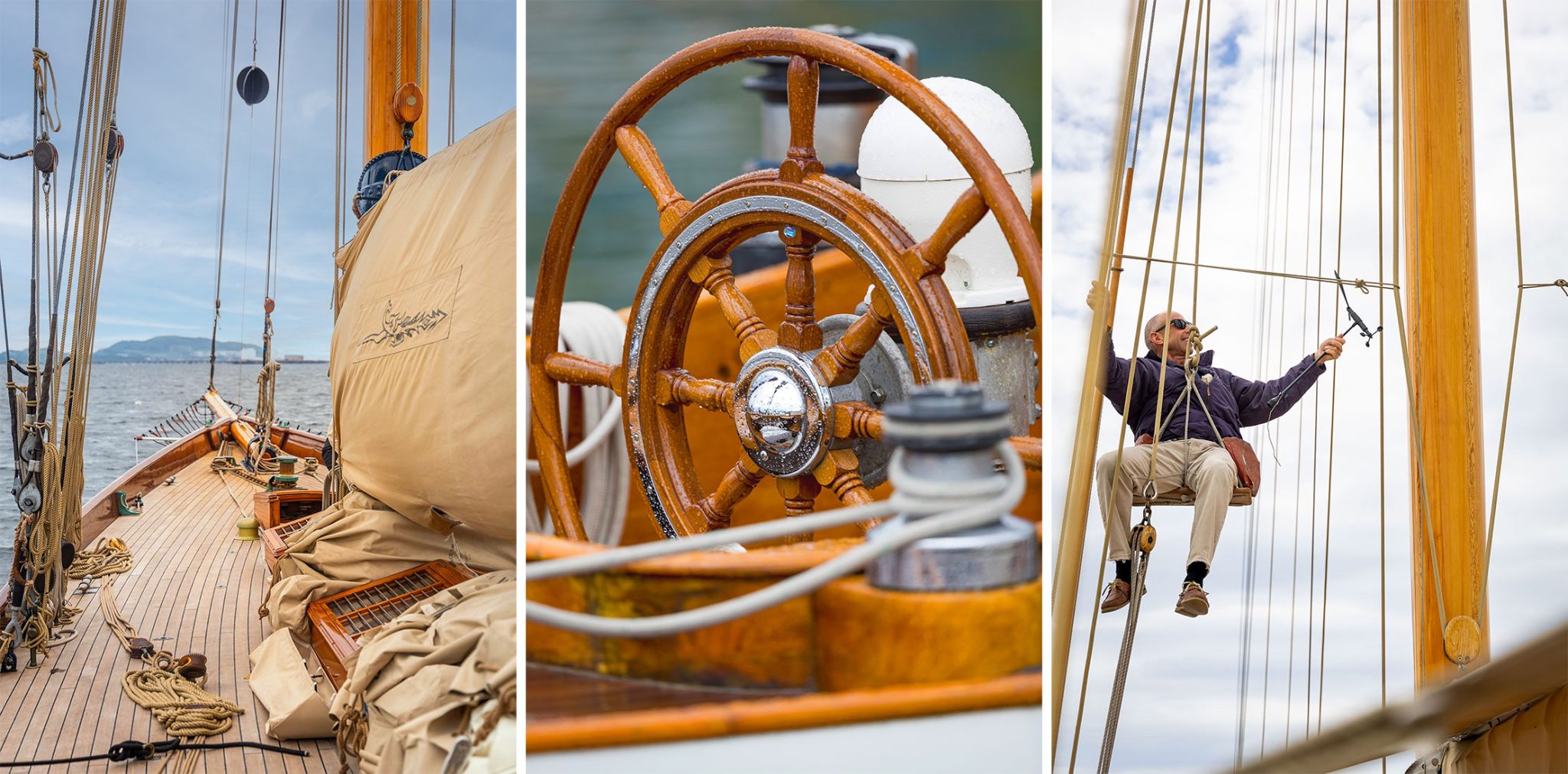
Set sail!
To accomplish a revival of the grandeur of the pre-war regatta circuits, the setting is equally important. Therefore, the tournament is organized in cooperation with famed yacht clubs that hold a long tradition. The 245 NM long route for the cup runs famous sailing landmarks on the English and French coast, starting on the Cornish shore in Falmouth. There, the opening and registration take place at the National Maritime Museum Falmouth on 10th June. They are followed by three days of inshore racing. Subsequently on 14th June, the competitors will set sail for the first offshore race to Dartmouth, where the Royal Dart Yacht Club resides, and the Coronation Regatta of 1937 took place. Again, three days of inshore racing are held before the fleet takes off for an offshore competition to Cowes on 16th June. After a short break, the race commences with three inshore racing days on the Solent and possibly around the Isle of Wright. Here, the Royal Yacht Squadron serves as location with a rich history as it is set at the base of the castle and is central to British yachting culture.
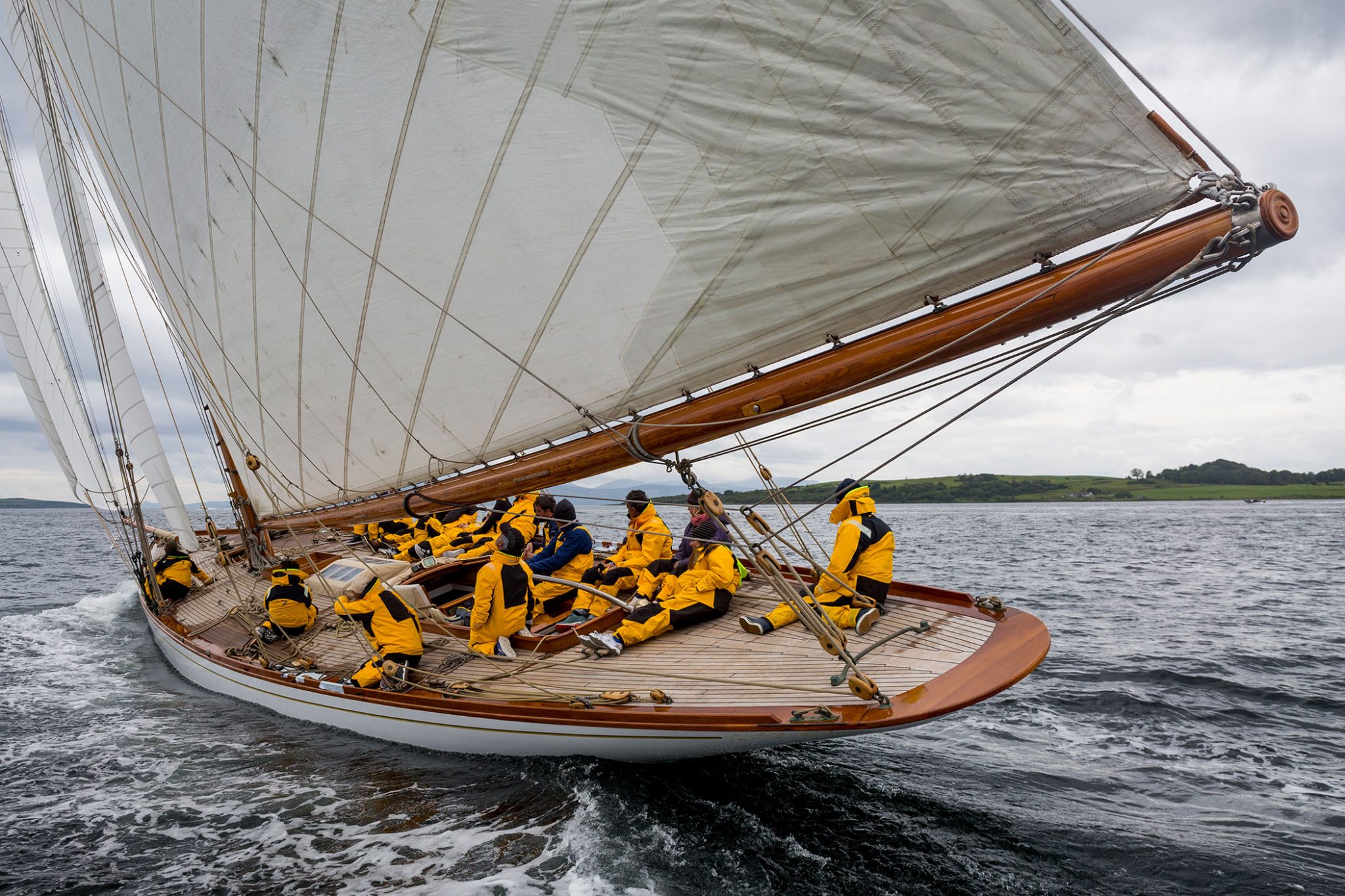
The finish line
The final stage is an offshore race across the Channel to the French coast on 23rd June. At Le Havre, the participants will be welcomed at France’s oldest saltwater racing yacht club – The Societé des Régates du Havre. As a competitive event is nothing without a prize, Richard Mille especially commissioned a trophy at British crown jeweler and iconic trophy maker Garrard. The award is made of sterling silver and measures one meter in height. The boats participating in the race inspired the design. While the upper half is reminiscent of the sails, the lower part of the trophy is embellished with an engraved wave motif. The lucky winner of the competition will be awarded on the 25th June. As this is a perpetual trophy, the winner will also receive a 40 cm-high replica by Garrard.
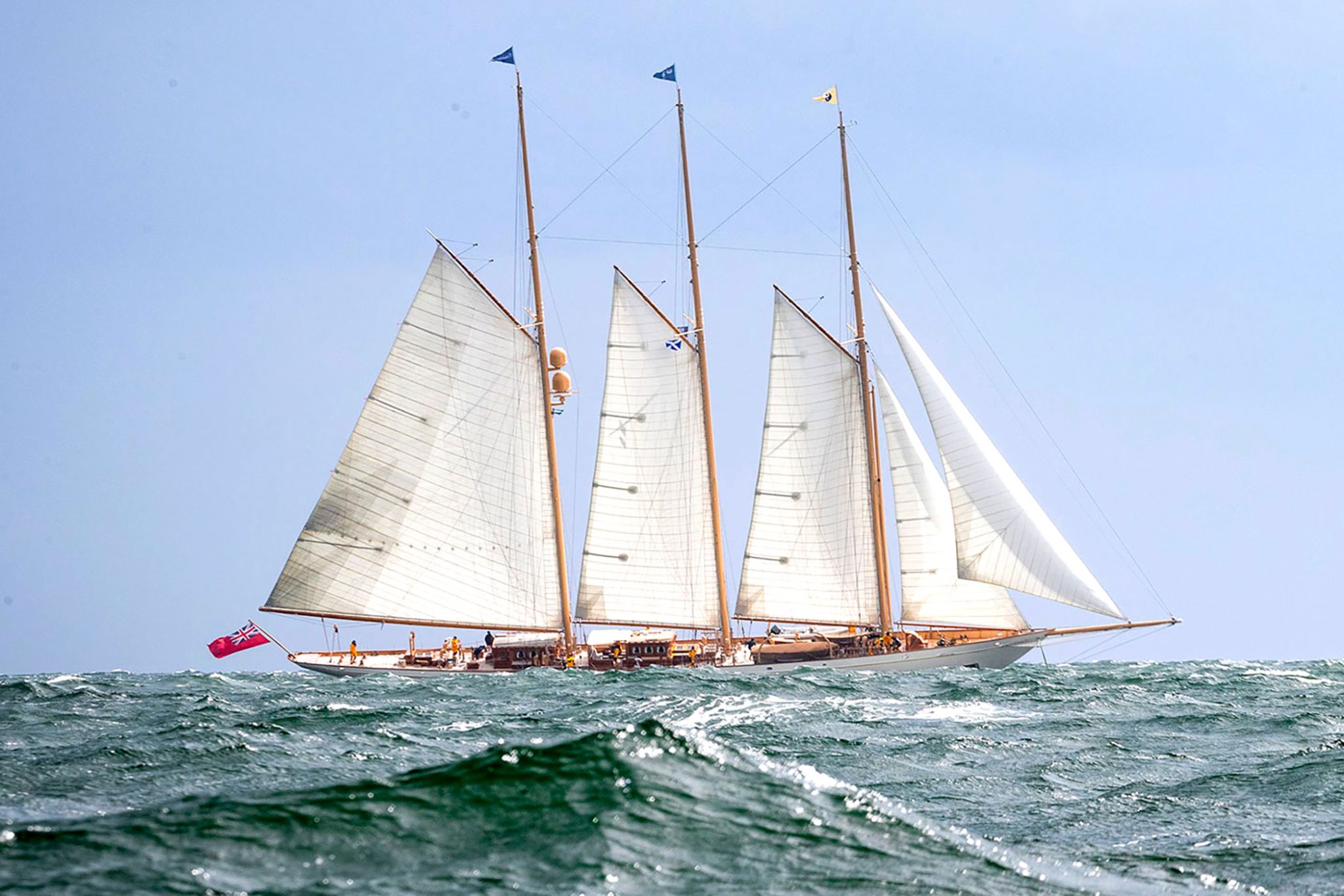
As this cup is the first of its kind it will be exciting to see what Richard Mille will come up with in the future. Until then, may the fastest yacht win!
